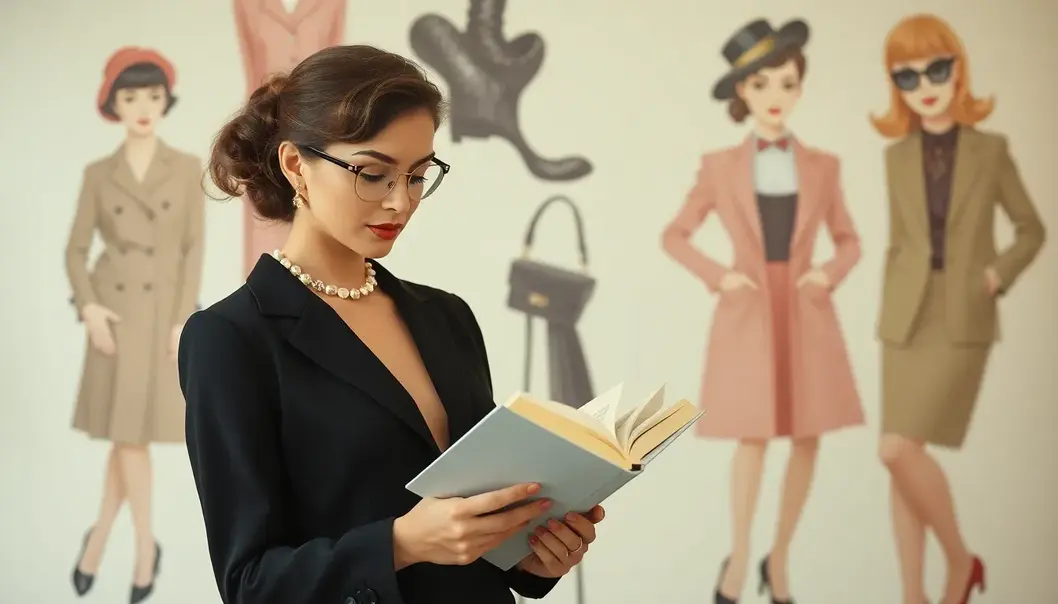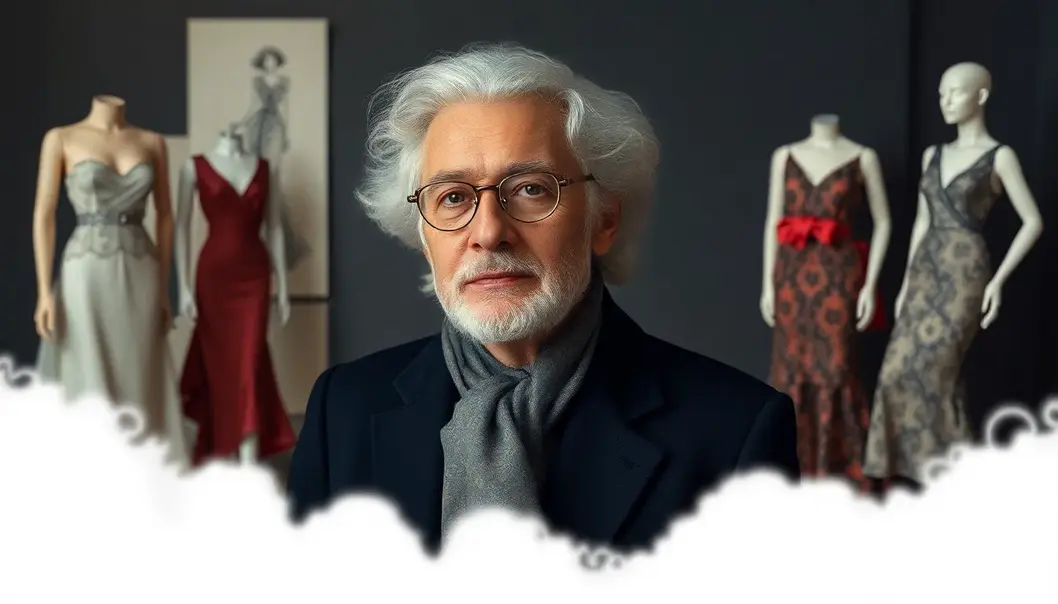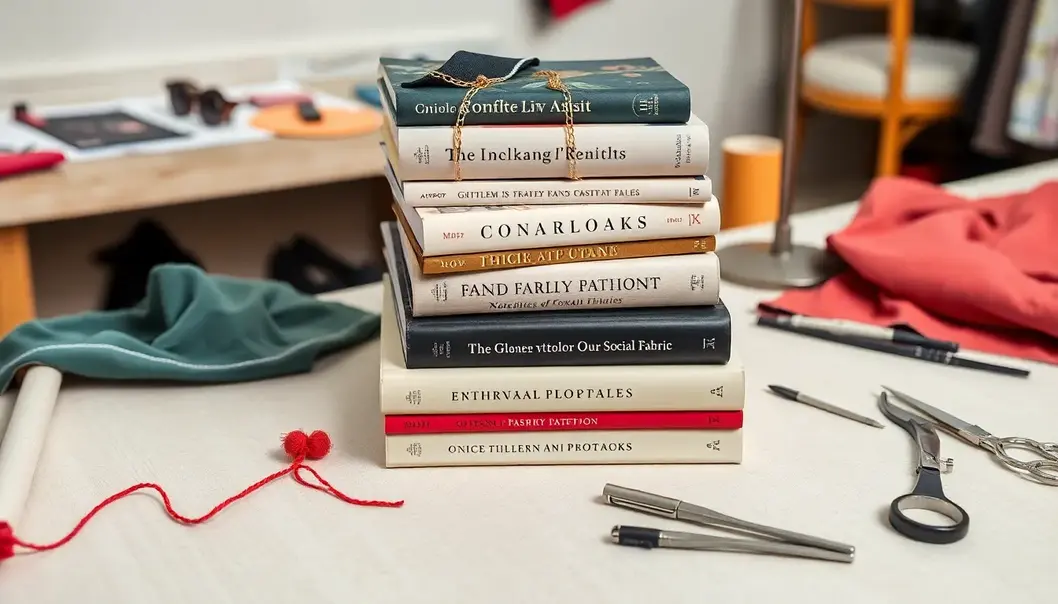Fashion lovers, take note! Literature is more than just ink on a page—it’s a runway where societal perceptions transform under the spotlight. As styles evolve, so do cultural narratives, woven intricately within the pages of seminal books. Think of your favorite reads as couture garments, shifting trends and reshaping societal norms. Dive into this article to uncover how remarkable books have not just reflected but also shaped societal attitudes, much like fashion has done over the decades. From groundbreaking tales that challenge the status quo to narratives that unveil hidden complexities, let’s explore how literature has become a pivotal accessory in the ensemble of social change.
The Sartorial Pages: Fashion as a Mirror to Society

Literature, much like fashion, serves as a powerful mirror reflecting societal norms and changes over time. Through the written word, we glean insights into the culture and conventions of an era. Similarly, fashion uses its ever-evolving canvas of fabric, color, and design to echo the sentiments of society, weaving them into tangible forms that speak volumes without uttering a sound.
Take, for instance, F. Scott Fitzgerald’s The Great Gatsby. This iconic novel offers a vivid portrayal of the Roaring Twenties, a decade marked by economic prosperity, jazz music, and a rebellious flair against the rigid norms of the previous generations. The extravagant parties and lavish lifestyles depicted in the novel paralleled the opulent fashion trends of flapper dresses and art deco influences — both serving as manifestations of a society yearning for freedom and expression after the constraints of World War I.
Similarly, the 1960s can be seen vibrating through the pages of Betty Friedan’s The Feminine Mystique. This groundbreaking work challenged the traditional roles of women, sparking a feminist awakening. Simultaneously, fashion experienced a radical shift; the modest conservatism of the early years had given way to the bold, colorful expression of the swinging sixties. The rise of miniskirts, psychedelic prints, and unisex styles captured the essence of a society in the throes of transformation, eager to dismantle the status quo.
The literary exploration of dystopian societies often parallels societal undercurrents, serving both as a reflection and a warning. George Orwell’s 1984 extrapolates the repercussions of totalitarian control, echoing the stark, utilitarian nature of fashion during times of political upheaval. The gray, uniform garments of Orwellian dystopia resonate with the austerity seen during real-world periods of political unrest and economic hardship, where individuality is stifled in favor of conformity.
Books like Toni Morrison’s Beloved provide a harrowing dive into the African American experience, profoundly influencing societal understanding and dialogue. In parallel, the Afrocentric fashion movement of the 1960s and 70s, with its embrace of natural hair, bold patterns, and traditional African attire, emerged as a sartorial assertion of identity and cultural pride.
Through these narratives, literature captures shifts in societal dynamics, much like how threads in a fabric combine to create patterns that reflect the zeitgeist. When we examine literature and fashion side by side, we see a complex dialogue between text and textile, each influencing and shaped by the other. As we turn the pages of history, both the words we read and the clothes we wear continue to tell the evolving story of humanity.
Literary Icons: Writers Who Wove the Threads of Change

The confluence of literature and fashion serves as a vibrant weave, collectively crafting landscapes where societal constructs are both cherished and challenged. Authors throughout history have used their narrative cloth to inspire shifts in both thought and attire, fostering dialogues that transcend the superficial appeal of texts and textiles. These literary mavens have infused their prose with insights that ripple through the arc of time, prompting audiences to reassess their sartorial choices as extensions of their personas.
Consider Virginia Woolf, whose explorations of identity and gender have left an indelible mark on both literature and fashion. Her fluid, stream-of-consciousness style mirrored the evolving perspectives of gender neutrality in clothing. Woolf’s character Orlando transforms through time and gender, juxtaposing traditional sartorial boundaries with emerging ideals of non-binary expression. Fashion designers draw inspiration from Woolf’s narratives, creating garments that straddle the lines of historical androgyny and modern ethos.
Similarly, F. Scott Fitzgerald offers an intimate depiction of fashion as a societal barometer in “The Great Gatsby.” The extravagance of the Roaring Twenties is captured through his lush descriptions of attire that reflect both the opulence and the moral decay of the era. This interplay encourages readers and designers alike to reimagine styles that speak to the inherent contradictions of societal progress. As Fitzgerald’s protagonists dress to convey success, modern fashion often resurrects this flapper aesthetic to evoke a sense of liberated defiance wrapped in economic prosperity.
James Baldwin’s piercing explorations of race and identity continue to inform sartorial narratives steeped in authenticity and resistance. His essays and novels provide a canvas for understanding the role of clothing as cultural expression and political statement. Designers today channel Baldwin’s eloquence to create collections that celebrate individuality while challenging racial stereotypes—marching stitch by stitch towards a more inclusive society.
Literature’s interplay with fashion becomes most visible as both art forms navigate the shifting tide of human rights and societal expectations. As authors narrate experiences of oppression and liberation, fashion interprets these written words into tangible garments that embody resilience and advocacy. This seamless dialogue encourages readers and wearers to don their courage, joining the collective push towards a more equitable world.
Our journey through these literary icons emphasizes the power of narrative in shaping public consciousness and expression. By understanding how words translate into artistic forms like fashion, we grasp their potential to influence the very fabric of society. This vibrant reciprocity stitches together a tapestry where stories and styles coalesce, continually redefining our cultural landscape.
Final words
As fashion enthusiasts understanding the profound symbiosis between literature and fashion, we see that both serve as powerful catalysts for social change. From reflecting on societal attitudes to inspiring shifts, books have been akin to the seams of conversation in society’s grand tapestry. Just as we look to the runway for cues on the latest trends, literature offers a glimpse into the enduring impacts of cultural discussions. Embrace these narratives as you would a statement piece in your wardrobe—treasures that enlighten and engage the world around us.
Unleash your style potential with LitThreads! Visit our website to explore how literary inspiration meets fashion innovation.
Learn more: https://litthreads.com/explore
About us
LitThreads combines the inspiration of literature with fashion innovation, offering unique, theme-based fashion collections inspired by iconic literary works. Our online boutique provides a curated selection of clothing and accessories that celebrate the intersection of storytelling and style. Whether you’re a book lover looking to express your passion through fashion or a fashion enthusiast seeking unique pieces, LitThreads has something unforgettable for you.



